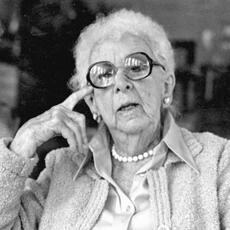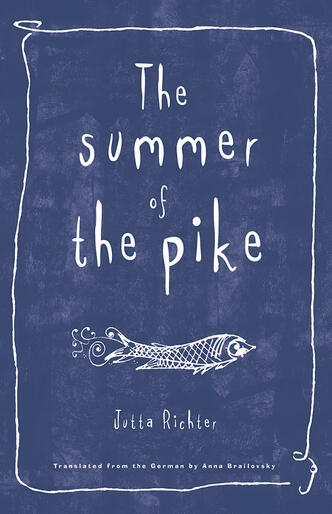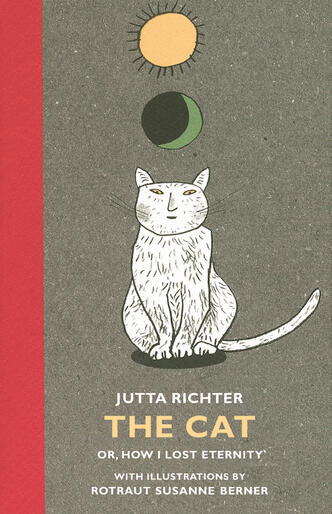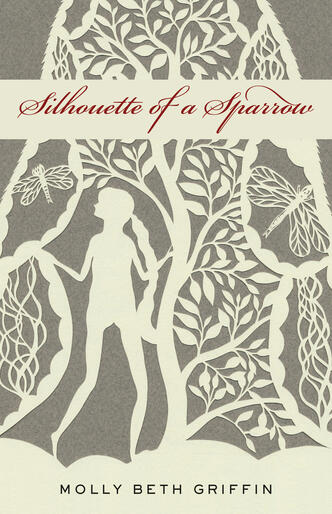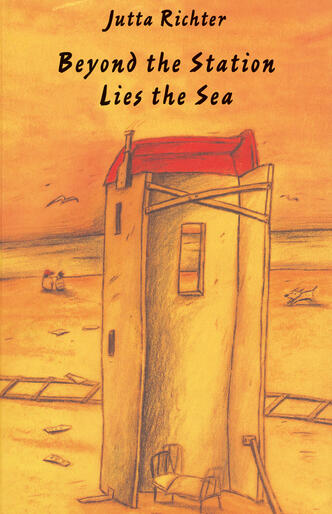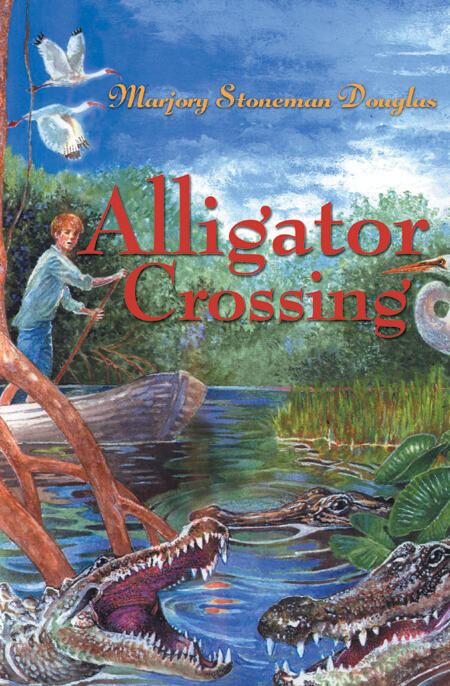
Alligator Crossing
Thirteen-year-old Henry Bunks escapes neighborhood bullies and a grim, overcrowded apartment building by spending hours exploring the canal near his Miami home. A split-second decision to stow away aboard the boat of an outlaw alligator hunter begins Henry’s journey away from the city and into the Everglades, a trip that will open up the wonders of the vast wilderness, the boundaries of his own spirit, and the adventure of a lifetime.
Making his way among the egrets, alligators, saw grasses, and towering mangroves of the Everglades, Henry finds friends (including a nature photographer and a park ranger) who share his passion for the river of grass. But when his travels turn dangerous, Henry begins to realize just how far from home he is. He must summon courage and determination to save the watery wilderness he loves.
First published in 1959, Alligator Crossing is a charming tale from the “savior of the Everglades,” Marjory Stoneman Douglas.
